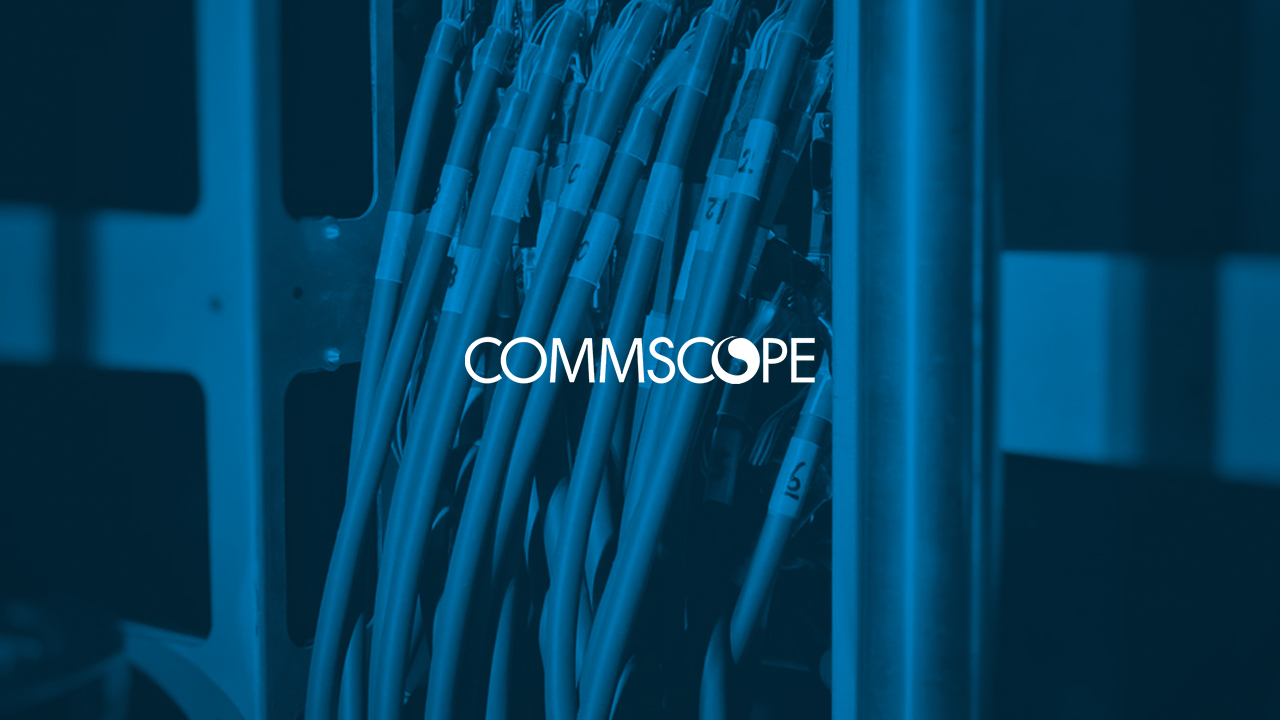When choosing fiber connectors for a job, a great deal more than the price can cost you. Many criteria should be thought of and here are a few:
- Which type of technology to use?
- What is the true price of the connector?
- Are special tools or coaching required?
- What is the quality of the termination, aka performance consistency?
- How much time can it take?
When looking at which connector technology to use, you would like to gauge your customer’s priorities to consider cost, time and performance. Cost is a simple factor to look at and its importance depends on the budget for the task. during a massive project where the budget has some flexibility, the connector’s cost might not make a difference. If you have a project where the budget is tight, the cost could be what keeps your project on course.
There are some technologies (mechanical splice and fusion splice-on connectors) that are designed to save you time. That time is only saved if you’re comfy with those technologies and/or are willing to invest the time to get coaching. Time isn’t only an element in meeting project deadlines — it conjointly means hours of labor. It might affect the cost of the job or lower your hourly wage depending on how the job was bid out.
When deciding between connector technologies, performance is additionally a key factor. It’s attributed with the longevity of client happiness. If you end their project within budget and on time, but they end up having network problems, then it won’t reflect well on you.
Here are the common connector technologies:
- Epoxy and Polish: Bond field fiber within connector ferrule with epoxy, then field polish.
- Mechanical Splice: join field fiber to factory-terminated fiber stub using V-Groove with mechanical clamp and index matching gel.
- Splice-on: Bond field fiber to factory-terminated fiber stub employing a fusion splice within the connector.
- Pigtail Splicing: Bond field fiber to factory-terminated pigtail using fusion splice outside connector.
- Factory Termination: Factory pre-terminated fiber
CommScope has evaluated the top technologies and created a chart for simple reference. There are typically trade-offs with every technology, therefore it’s best to understand your customer’s priorities before proceeding.

Download Free CommScope Resource
Get access to authentic content from one of the leading network infrastructure experts in the world from the Philippines’ premiere technology provider.





